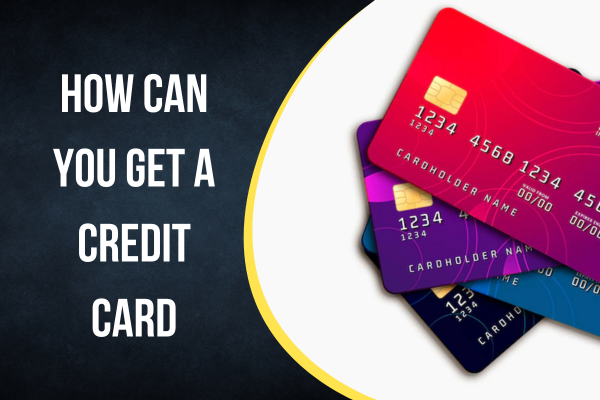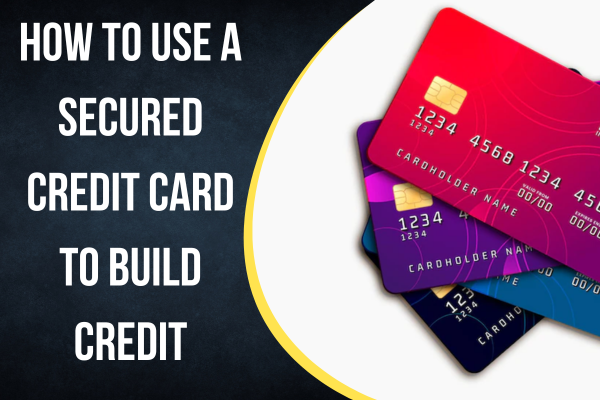Credit card EMI stands for Equated Monthly Installment, which is a payment option that allows credit cardholders to convert their high-value purchases into easy, interest-free monthly installments.
The credit card issuer may offer different EMI schemes based on the purchase amount, repayment period, and interest rates. The cardholder can choose to convert their purchase into EMI at the time of checkout or within a specified period after the purchase.
Once the cardholder chooses to convert the purchase into EMI, the outstanding amount is divided into equal monthly installments for a fixed repayment period. The cardholder has to pay the EMI amount on the due date every month until the total amount is repaid.
The EMI option is beneficial for those who want to make high-value purchases but don’t want to pay the entire amount upfront. It allows them to manage their cash flows better and avoid paying high-interest rates on their credit card balances.
However, it’s essential to note that while EMI may seem like an attractive option, there could be processing fees, prepayment charges, or other hidden costs associated with it. Therefore, cardholders must read the terms and conditions carefully before opting for EMI.
Basics of Credit Card
A credit card is a payment card issued by a financial institution, such as a bank or credit union, that allows the cardholder to borrow money up to a certain credit limit to make purchases or withdraw cash. Here are some basics of credit cards:
Credit limit: This is the maximum amount of money that a cardholder can borrow on their credit card. It is determined based on the cardholder’s creditworthiness, income, and other factors.
Interest rate: When a cardholder borrows money using their credit card, they are charged interest on the outstanding balance. The interest rate on a credit card is usually higher than other forms of borrowing, such as personal loans, due to the higher risk involved.
Annual fees: Some credit cards charge an annual fee, which is a fixed amount that the cardholder has to pay every year to keep the card active.
Rewards and benefits: Many credit cards offer rewards and benefits, such as cashback, discounts, points, or miles, for using the card to make purchases. These rewards and benefits vary depending on the credit card issuer and the type of card.
Payment due date: The credit card statement shows the outstanding balance, minimum payment due, and payment due date. The cardholder must make at least the minimum payment by the due date to avoid late payment fees and interest charges.
Credit score: Credit card usage affects the cardholder’s credit score, which is a three-digit number that reflects their creditworthiness. Timely payment of credit card dues can improve the credit score, while late payments can hurt it.
Overall, credit cards can be a useful financial tool for managing expenses, building a credit history, and earning rewards. However, it’s essential to use them responsibly, pay bills on time, and avoid accumulating high-interest debt.
Difference Between Credit Card and EMI Card
Credit cards and EMI (Equated Monthly Installment) cards are both payment instruments that allow consumers to make purchases on credit. However, there are some differences between the two:
Credit limit: A credit card has a pre-approved credit limit that determines the maximum amount that can be borrowed. On the other hand, an EMI card does not have a credit limit, but it allows the cardholder to convert the purchase amount into monthly installments.
Interest rates: Credit cards charge interest on the outstanding balance, whereas EMI cards offer interest-free or low-interest financing options for a specific period.
Payment options: Credit cards offer several payment options such as full payment, minimum payment, or partial payment, while EMI cards only allow payment in equal monthly installments.
Eligibility criteria: Credit cards have stricter eligibility criteria, which usually involve income proof, credit score, and employment details. EMI cards are usually issued by retailers or financial institutions based on the purchase amount.
Usage: Credit cards can be used to make any purchases, including those not eligible for EMI. EMI cards, on the other hand, are specifically designed for making high-value purchases that can be converted into installments.
In summary, credit cards provide the flexibility to borrow money up to a pre-approved credit limit, while EMI cards allow the conversion of high-value purchases into installments at low-interest rates. The choice between the two depends on the consumer’s financial needs and preferences.
Definition of Credit Card and Debit Card
A credit card is a payment card issued by a financial institution that allows the cardholder to borrow money up to a certain credit limit to make purchases or withdraw cash. The cardholder can pay the borrowed amount in full or in installments, with interest charged on the outstanding balance. A credit card also offers rewards and benefits for using the card, such as cashback, discounts, or reward points.
A debit card, on the other hand, is a payment card that allows the cardholder to access the funds available in their bank account to make purchases or withdraw cash. The cardholder can only spend the amount available in their bank account, and there is no borrowing involved. A debit card is usually linked to a checking or savings account, and the funds are deducted immediately from the account when the card is used.
In summary, credit cards allow the cardholder to borrow money up to a credit limit, while debit cards allow the cardholder to spend the funds available in their bank account. Credit cards involve borrowing money with interest charged on the outstanding balance, while debit cards involve spending the cardholder’s own money available in their bank account.





Leave a Reply